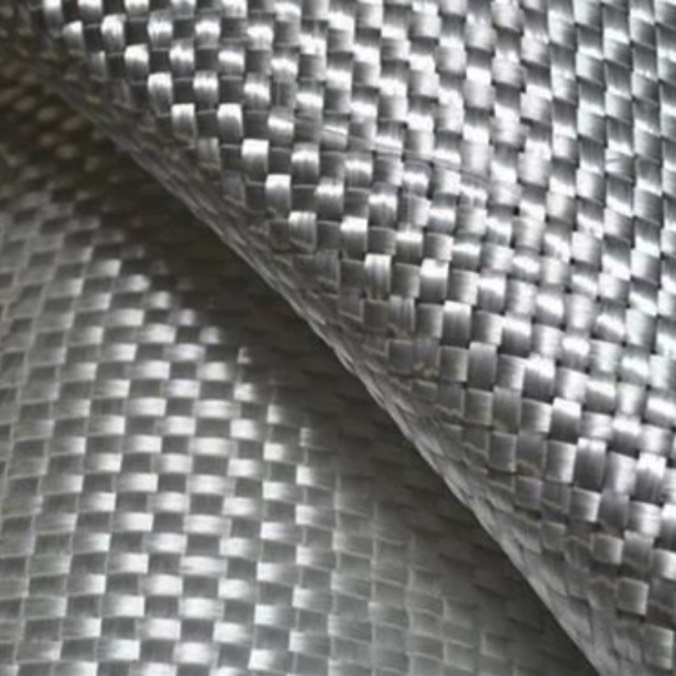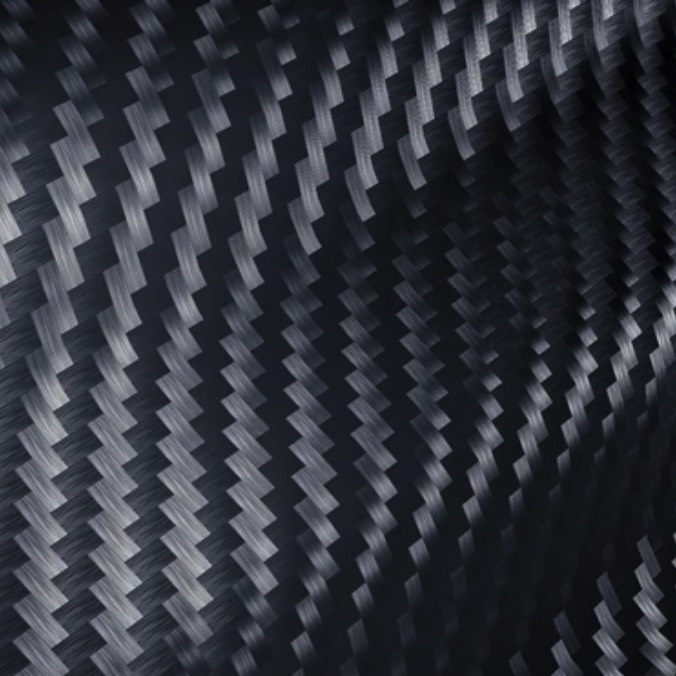Features
Hockey sticks are defined by their composition, shape, balance, length & weight. All these features will directly impact all aspects of your play.
COMPOSITION MATERIALS
The materials of a field hockey stick affect its power, flexibility and durability.
Beside wooden sticks which still exist and have their own characteristics adapted to kids play and indoor hockey practice, field hockey sticks are essentially made of composite materials – synthetic fibers & epoxy resin which impregnate the fibers during the moulding process and holds the shape together.
- FIBERGLASS - Fiberglass brings durability, flexibility, softness and impact resistance, making sticks easier to control. Sticks with more fiberglass are typically better for beginners and intermediate players looking for a balance between control and power.
- CARBON - 18K/6K/4K Carbon fibers are very light and make the shaft of the stick stiffer, it provides more power when hitting or slapping the ball. The stiffer the shaft, the more energy transfer onto the ball which will make it travel faster. It does however significantly harden the feel of the stick and is therefore more adapted to advanced & elite players.
- ARAMID (KEVLAR) - Aramid enhances shock absorption, reducing vibrations from hitting the ball. Light weight, it has excellent anti abrasion properties and is used on the heal of the hockey stick to prevent quick wear down from use. Essential impact zones are also reinforced with Kevlar fiber, especially the backhand zone.

GLASS

CARBON

ARAMID
BOWS
The Bow of a hockey stick identifies the position of the arch in the stick shape. If you place the flat side of the stick on a plain/flat surface and the measurement of distance between the surface and the upper edge of the stick is know as the bow.
SHAPES
Mid Bow (MB)
This 24 mm regular bow falls in the middle section of the stick at 300 mm from the base of the head. The straighter shape offers a well-balanced shaft for all technical plays. It delivers nice control for stopping, slapping and dribbling actions.

Low Bow (LB)
The 24 mm low curve is positioned lower on the shaft at 250 mm from the base of the head and provides extra power for lifting and hitting the ball. This is the optimum profile for bothtechnical play, flicking and 3D skills.

Extra Low Bow (XLB)
This 24 mm ultra late curve is placed even closer to the head of the stick at 200 mm from its base and offers a better control when lifting, hitting or power draging the ball. This bow delivers the ultimate shape for Drag Flick specialist.

LENGTHS & WEIGHTS
Weights – Ultra Light (UL) 460 to 505 grams
Junior lengths (28”-30”-32”-34”-35”)
Weights – Super Light (SL) 510 to 535 grams & Light (L) 540 to 560 grams
Senior Lengths (36”5-37”5-38”5)
WEIGHT
Stick weight impacts your performance and playing style. Generally, lighter sticks offer better handling ability while heavier sticks provide more power.
BALANCE
The balance point of the stick determines the distribution of the weight. It is usually measured from the head of the stick to the point where the stick stays horizontally in perfect balance. The closer the balance point is to the head the lower it is and the ball can be hit harder because the head of the stick is heavier. Conversely, the higher the balance point the more handleable the stick is because the head is lighter. It generally ranges from 36 to 40 cm (standard 39 cm).
Size
AGE & HEIGHT
Field hockey sticks generally range from 28 to 35 inches (Junior sizes) and from 36.5 to 38.5 inches (Senior sizes). TIP: Size check for Kids - Hold the stick vertically next to their hipbone (with shoes on) and check if the top of the stick reaches the height of their belly button.
Younger players until 10Y
Usually play with sticks between 28 and 32 inches. These are lighter, more manageable, and allow kids to practice skills without the added weight.
Teen players until 13Y
Generally play with sticks between 33 and 35 inches, depending on height and comfort. The goal is to have a stick long enough to provide good reach and control but short enough to maneuver easily.
Adults and taller teen
Ideally play with sticks from 36.5 to 38.5 inches. Taller players may choose a longer stick, increasing reach and giving better control during defensive plays.
JUNIOR
| Stick size (inch) | Player height (cm) |
|---|---|
| 28″ | 108 - 122 |
| 30″ | 123 - 132 |
| 32″ | 133 - 136 |
| 33″ | 137 - 140 |
| 34″ | 141 - 153 |
| 35″ | 154 - 160 |
SENIOR
| Stick size (inch) | Player height (cm) |
|---|---|
| 36″5 | 161+ |
| 37″5 | 180+ |
| 38″5 | 185+ |
| 42″ | Special shoot-out goalie stick |
FIELD POSITION
Your position on the pitch significantly influences the type of stick you need.
Striker
Forwards typically choose lighter even shorter sticks, which allow for quick handling and agility, ideal for close control and fast movements near or in the circle.
Midfielder
Midfielders need a well balanced stick that provides good control, power and durability. These players often cover the most ground and require a stick that allows flexibility in both defence and attack.
Defender
Defenders often prefer heavier sticks with a longer length. These sticks provide more power for strong hits, giving defenders an edge in clearing the ball from dangerous zones.
Goalkeeper
Goalies typically use special sticks with adapted Mid Bow shapes for blocking and deflecting shots.
PLAY STYLE
Your play style will also play a decisive role in choosing a stick.
Offensive Play
Low Bow even Extra Low Bow models with a good balance will offer flexibility and top control to players who rely on 3D skills by lifting the ball off the ground. These sticks combine strength with handling ability and make 3D skills easier to perform.
Drag Flicker
If you specialise in drag flicks, an Extra Low Bow stick with a high carbon content will enhance your control and power during flicks. Extra Low Bow shapes are designed with a curve closer to the head, giving players an advantage in techniques that require lifting the ball.
Defensive Play
Defensive players should opt for a more balanced stick with a Low Bow or a Mid-Bow shape. This provides power and precision in tackling and clearing while giving control during interceptions.
REMEMBER
Despite all these criteria being objective to help you make a great choice, at the end of the day it remains a personal one!